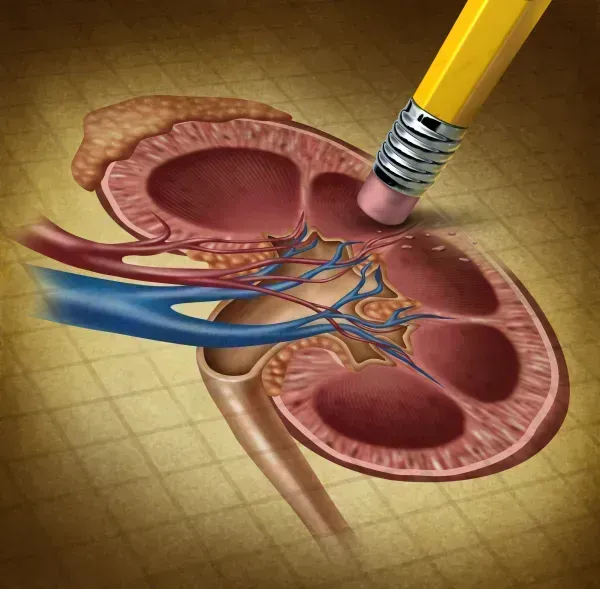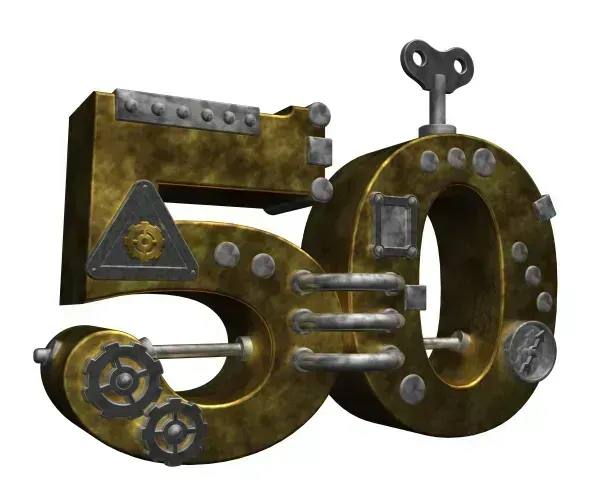Urology Coding Alert
Here's Your First Look at Diagnosis Changes for 2019
Hint: You’ll have lots more urethral stricture options.
The next round of ICD-10-CM changes won’t go into effect until Oct. 1, but CMS has released information on new, revised, and deleted codes for the next year. Changes applicable to urology are not widespread, but will be welcomed by offices across the nation.
Of the 324 total additions, 24 apply directly to urology. You’ll find most of them in the N35 (Urethral stricture) code family.
Several new codes will serve a general role for “other” urethral stricture conditions:
- N35.81 – Other urethral stricture, male
- N35.811 – Other urethral stricture, male, meatal
- N35.812 – Other urethral bulbous stricture, male
- N35.813 – Other membranous urethral stricture, male
- N35.814 – Other anterior urethral stricture, male, anterior
- N35.816 – Other urethral stricture, male, overlapping sites
- N35.819 – Other urethral stricture, male, unspecified site
- N35.82 – Other urethral stricture, female.
Take note: If the etiology or cause of the urethral stricture is unknown (as secondary to post procedural, post infective, or post traumatic), one may use one of the above “other” specific location codes, according to Michael A. Ferragamo, MD, FACS, clinical assistant professor of urology at the State University of New York in Stony Brook.
One goal of ICD-10-CM is specificity so that providers can be as accurate in their diagnosis assignment as possible. There are, however, still times when coders must resort to “unspecified” diagnoses because they do not have all the supporting details for another option.
The new edition of ICD-10 will add eight more “unspecified” choices to your urethral stricture coding arsenal:
- N35.91 – Urethral stricture, unspecified, male
- N35.911 – Unspecified urethral stricture, male, meatal
- N35.912 – Unspecified bulbous urethral stricture, male
- N35.913 – Unspecified membranous urethral stricture, male
- N35.914 – Unspecified anterior urethral stricture, male
- N35.916 – Unspecified urethral stricture, male, overlapping sites
- N35.919 – Unspecified urethral stricture, male, unspecified site
- N35.92 – Unspecified urethral stricture, female.
Having these options can come in handy, but Ferragamo reminds that you should rarely need to use “unspecified” diagnostic codes, due to the sheer numbers of more specific codes available.
The final eight diagnoses being introduced focus on issues related to postprocedural urethral stricture and abnormal findings in urine. They are:
- N35.016 – Post-traumatic urethral stricture, male, overlapping sites
- N35.116 – Postinfective urethral stricture, not elsewhere classified, male, overlapping sites
- N99.116 – Postprocedural urethral stricture, male, overlapping sites
- R82.991 – Hypocitraturia
- R82.992 – Hyperoxaluria
- R82.993 – Hyperuricosuria
- R82.994 – Hypercalciuria
- R82.998 – Other abnormal findings in urine.
“With the above new urethral stricture ICD-10-CM codes, we now have specific urethral codes to report when location of the stricture overlaps more than one anatomical area of the urethra,” Ferragamo says. “These new urinary codes give us codes to indicate component abnormalities in the urine of stone formers.”
Single revision: When updating your diagnosis charts, you will only have one code to revise from its current descriptor. Effective Oct. 1, diagnosis E72.53 will be updated to reference “Primary hyperoxaluria” rather than the current diagnosis which is simply “Hyperoxaluria.”
“The ‘primary hyperoxaluria’ indicates an inherited or congenital disease process leading to the increased oxalate urinary excretion,” Ferragamo explains. “The above new ICD-10-CM code R82.992 represents hyperoxaluria of unknown etiology, idiopathic in nature.”
This edition of ICD-10-CM will be effective from Oct. 1, 2018, until Sept. 30, 2019. Changes include a total of 320 additions, 145 new codes, 172 revisions and3 deletions.
Related Articles
Urology Coding Alert
- Coding Update:
Latest CCI Edits Focus on Codes You Might Not Know
Also watch for edit switches involving 57106. The most recent coding edits from the National [...] - ICD-10:
Here's Your First Look at Diagnosis Changes for 2019
Hint: You’ll have lots more urethral stricture options. The next round of ICD-10-CM changes won’t [...] - You Be the Coder:
Office Visit Pay for PSA Screening
Question: Is there any way to get paid for an established office visit when a [...] - Reader Question:
49321 Best Represents Robotic Exploration of Retroperitoneum
Question: What CPT® codes should I submit for “robotic exploration of retroperitoneum with biopsy of [...] - Reader Question:
Modifier Helps Explain Two Separate Nephrectomy Procedures
Question: Our physician performed a partial laparoscopic nephrectomy in the morning. She was called back [...] - Reader Question:
Submit Z40.8 for Ureteral Catheter Insertion for Viewing Purposes
Question: A general surgeon asked our urologist to insert ureteral catheters for easier identification of [...] - Reader Question:
Skip E/M for Second Visit to Get Test Results if Results are Normal
Question: A patient came to our office for a urodynamics CMG/voiding pressure study. She did [...]




